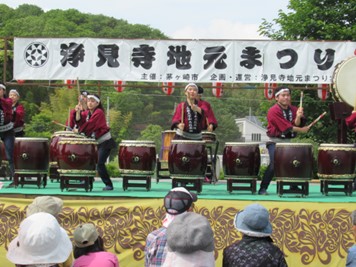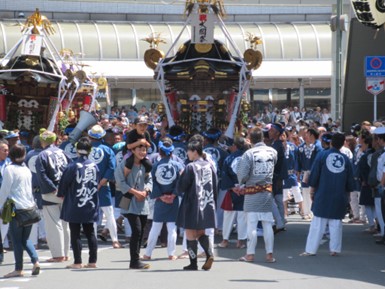CW78 March, 2023
Transition to post-pandemic lives
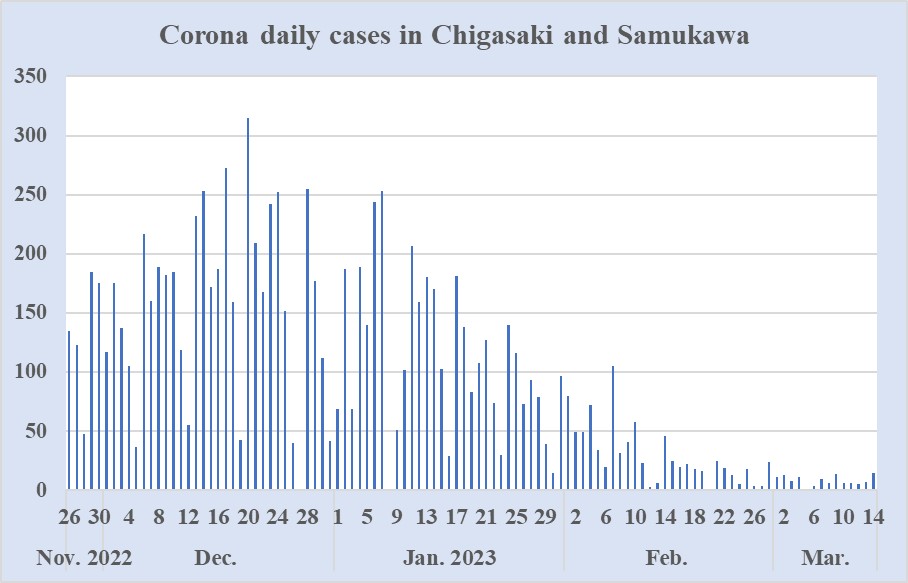
Daily counts of COVID-19 cases in Chigasaki and Samukawa have been smaller than 20 since March 1. See the figure above. Many citizens consider the pandemic to be a thing in the past, and hope the period with low daily case numbers is not an intermission before the ninth wave.
The government approved new rules in February which would leave us to decide whether to wear a mask or not starting on March 13 (Mon). Four days later, however, about 80% of people at the north entrance of Chigasaki Station still wore masks. For those who commute to Tokyo or Yokohama, or are suffering from pollen allergy, masks will be a necessity. Elderly people may also want to wear masks.
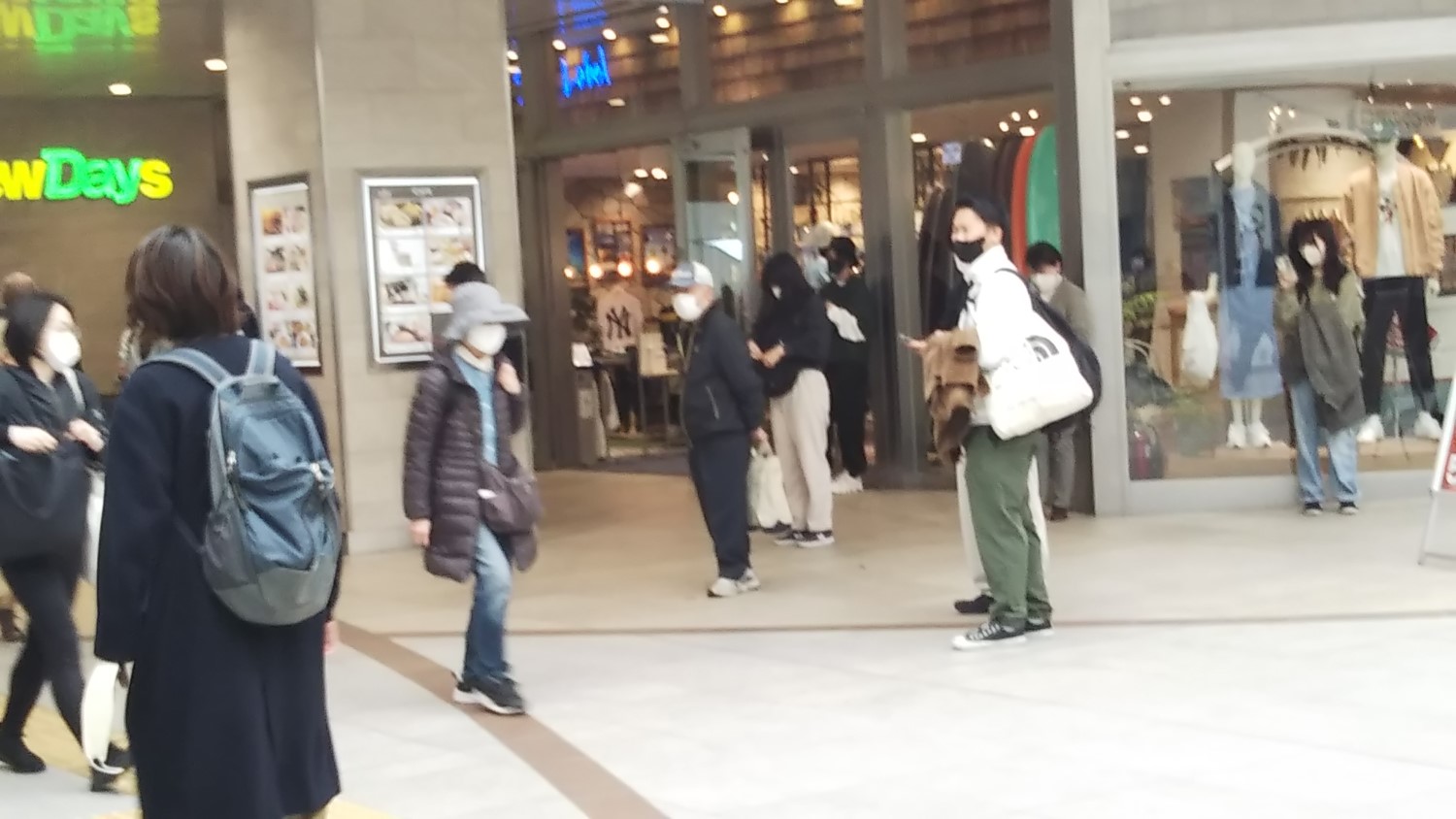
On the other hand, some people continue to wear masks for psychological reasons. In general, we are relaxed when we cover our faces. We can melt into a crowd as unidentifiable people.
Decades ago, women were disciplined not to open their mouths wide when they were out. Masks remove such worry from them. In addition, masks save them the time of makeup. It is said the cosmetic industry hopes more women will expose their faces. At a department store, the sales of lipstick and eye shadow in February increased by 40% from the same month last year. The world is slowly getting out of the pandemic.
Cyclists will be required to wear helmets on and after April 1

The revised Road Traffic Law, which is to be effective on April 1 (Sat), will require people of all ages to wear helmets while they are riding bicycles. The National Police Agency says about 60% of cyclists who died in accidents had fatal injuries on their heads. And the fatality rate* of cyclists not wearing helmets (0.59%) was 2.3 times higher than that of helmeted cyclists (0.26%), according to the total number over the five years from 2017 to 2021. However, the law says wearing helmets is a duty to make an effort, and it imposes no penalties for riding without wearing helmets.
*fatality rate: the percentage of all cyclists involved in accidents who died from their injuries
There were 140 accidents involving bicycles, or 36% of all fatal accidents in the city in 2022. The number has been decreasing in the past four years (CW77), but when bicycles are involved in the accident, one-third of cyclist injuries are to the head, says the National Safety Council of the US. Elderly people are reluctant to wear helmets, but it is more important to protect their heads than to mind their looks.
https://www.city.chigasaki.kanagawa.jp/kotsu_anzen/taisaku/1051981.html
History of Chigasaki: Akabane Village (2)
In order to impose the tax on villagers, the government had to be aware who owned land, where and how wide the land was, and how good its quality was. Between 1874 and 1876, the value of land was assessed, maps were drawn and land registers were made in all the villages across the nation. In Chigasaki, every village drew its map in this period, which became the base of cadastral maps the Ministry of Land, Infrastructure, Transport and Tourism made in the 1950s.
In Akabane Village, a hilly area spread in the north, houses were located from east to west along the foot of the hill, and puddy fields spread in the south of the long and narrow settlement. On the south of the village, Oyama-highway (Isehara-Fujisawa prefectural road) runs. The road is dotted with monuments on which haikus or tankas are carved.
Near the bus stop Rokuzu, there is a cemetery, which was moved to the site when the construction of Shin-Shonan Bypass started. Seven tombs have haikus which seem to be death poems. These tombstones have posthumous Buddhist names and the dates they died. The first person of the seven died in 1810, and the last did in 1849.
One of the poems is
土器は土に戻って青葉山 (Kawarake Wa Tsuchi Ni Modotte Aobayama, meaning that as earthen vessels broke, I buried these pieces near the root of a tree.)
This poem is by Haruto Shimamura, who died in 1840. In another cemetery 200m west of this one, there are three tombstones with poems on them. These stones were set in 1804, 1827, and 1857, respectively.
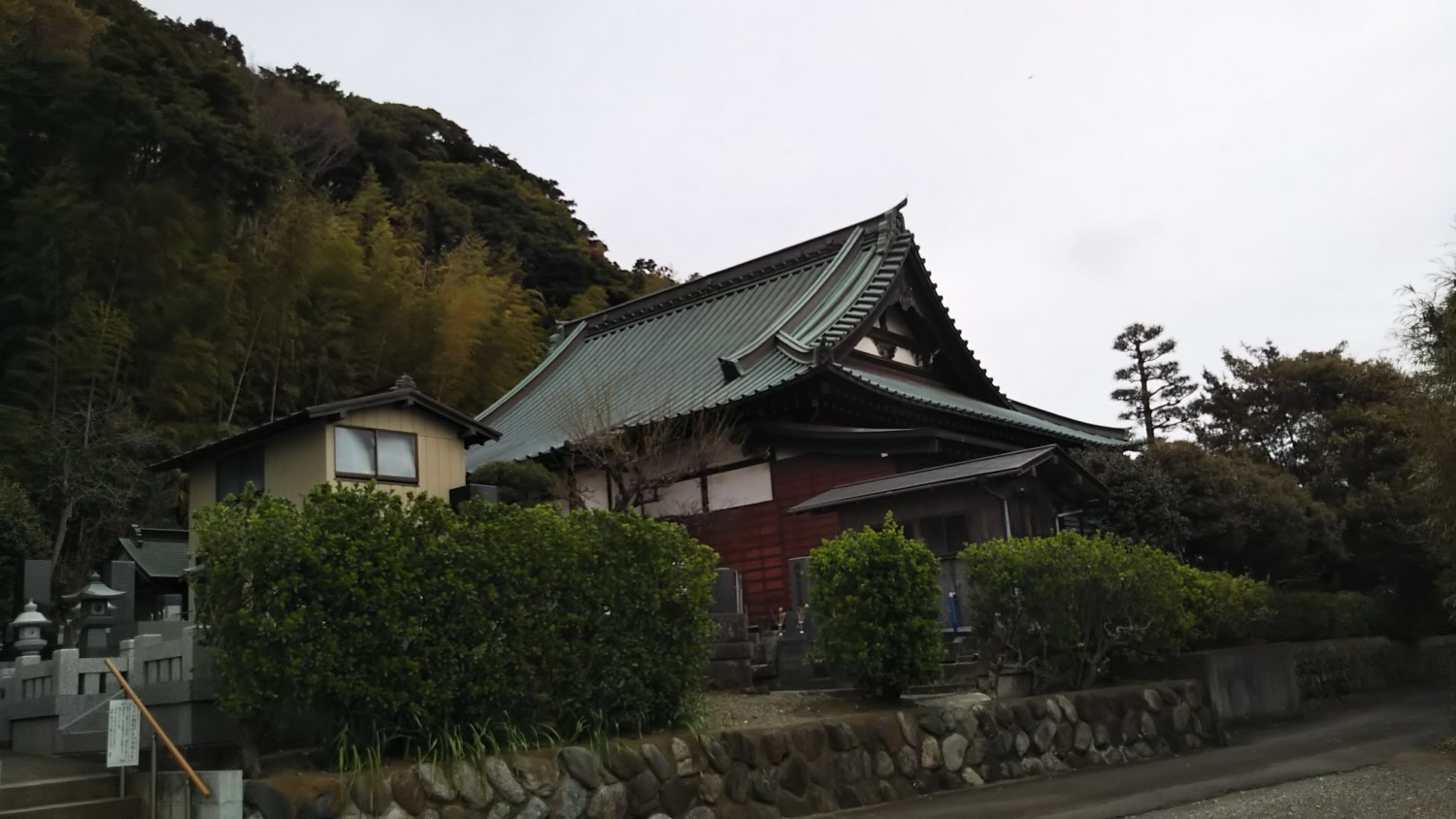
In the graveyard of Hoshakuji Temple, tombstones for the tanka poet of the Edo period, Motoko Murano, her mother Hakuyo, and brother Hanka have tanka poems on their stones.* These stones show they died in 1837, 1813, and 1830. There are more stones with poems in Akabane Village, but it is hard to explain all of them. These stones indicate the village was rich in culture in the 19th century of the Edo period.
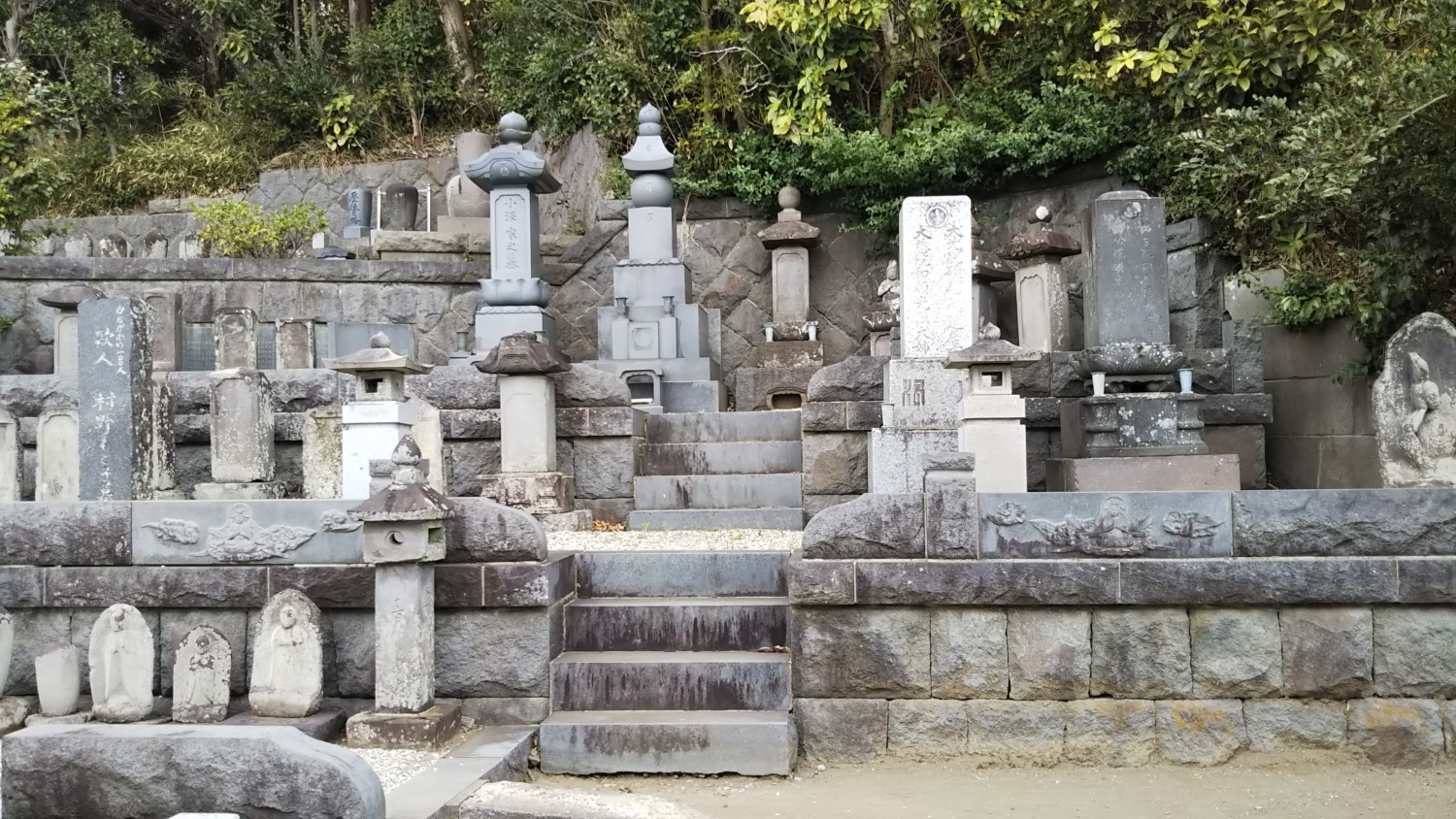
*There is a section where Motoko, her mother and brother are buried in the graveyard of Hoshakuji Temple. However, many tombstones stand there, and which stones are theirs is not clear despite extensive research by local historians, said a person of the temple.
Cherry blossoms
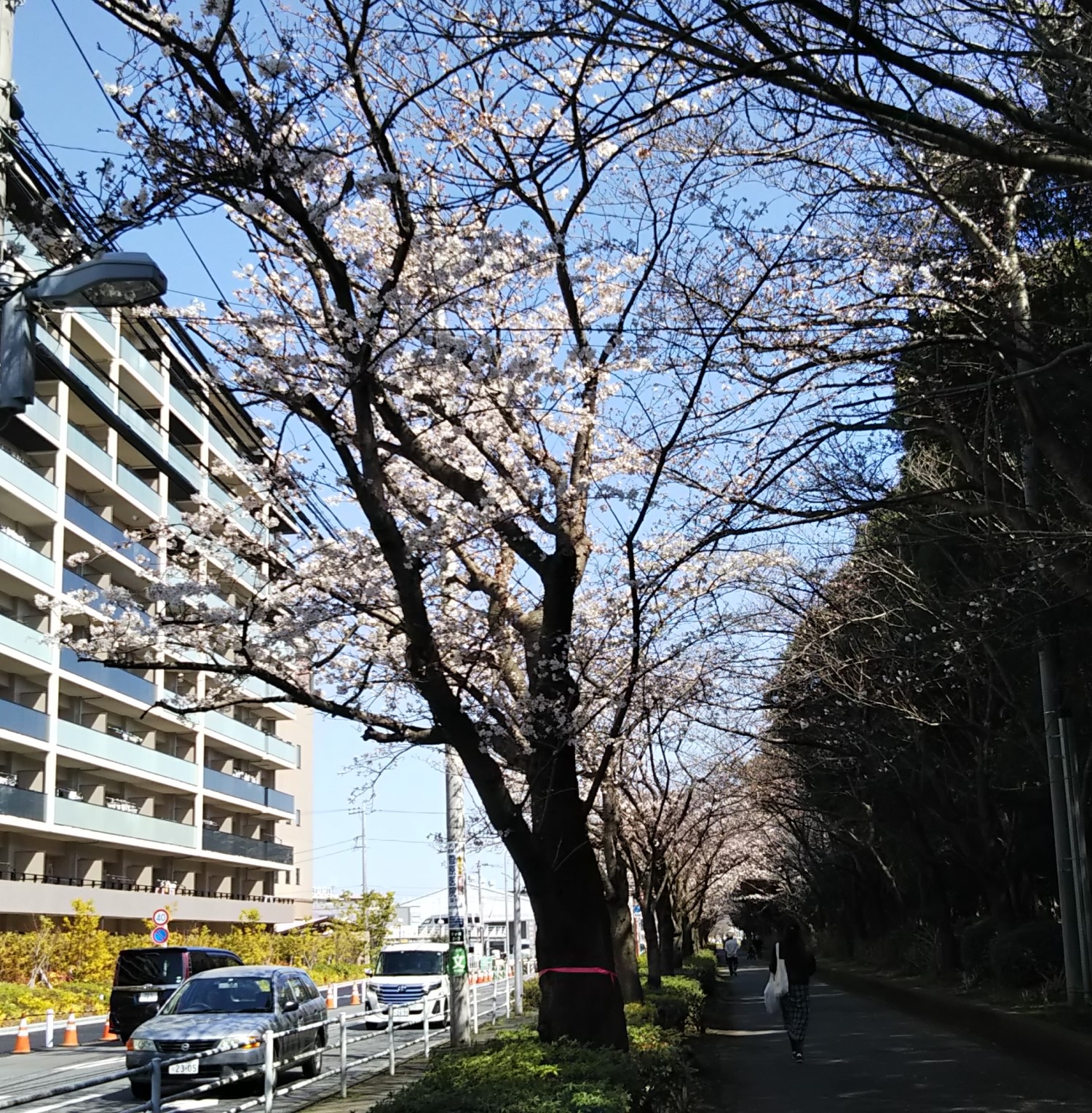
It goes without saying that there are many varieties of cherry trees. The article introduces readers three varieties which bloom earlier than Somei-Yoshino. As of March 20 (Mon), Somei-Yoshino trees on the north of Chuo Koen finally started blooming.
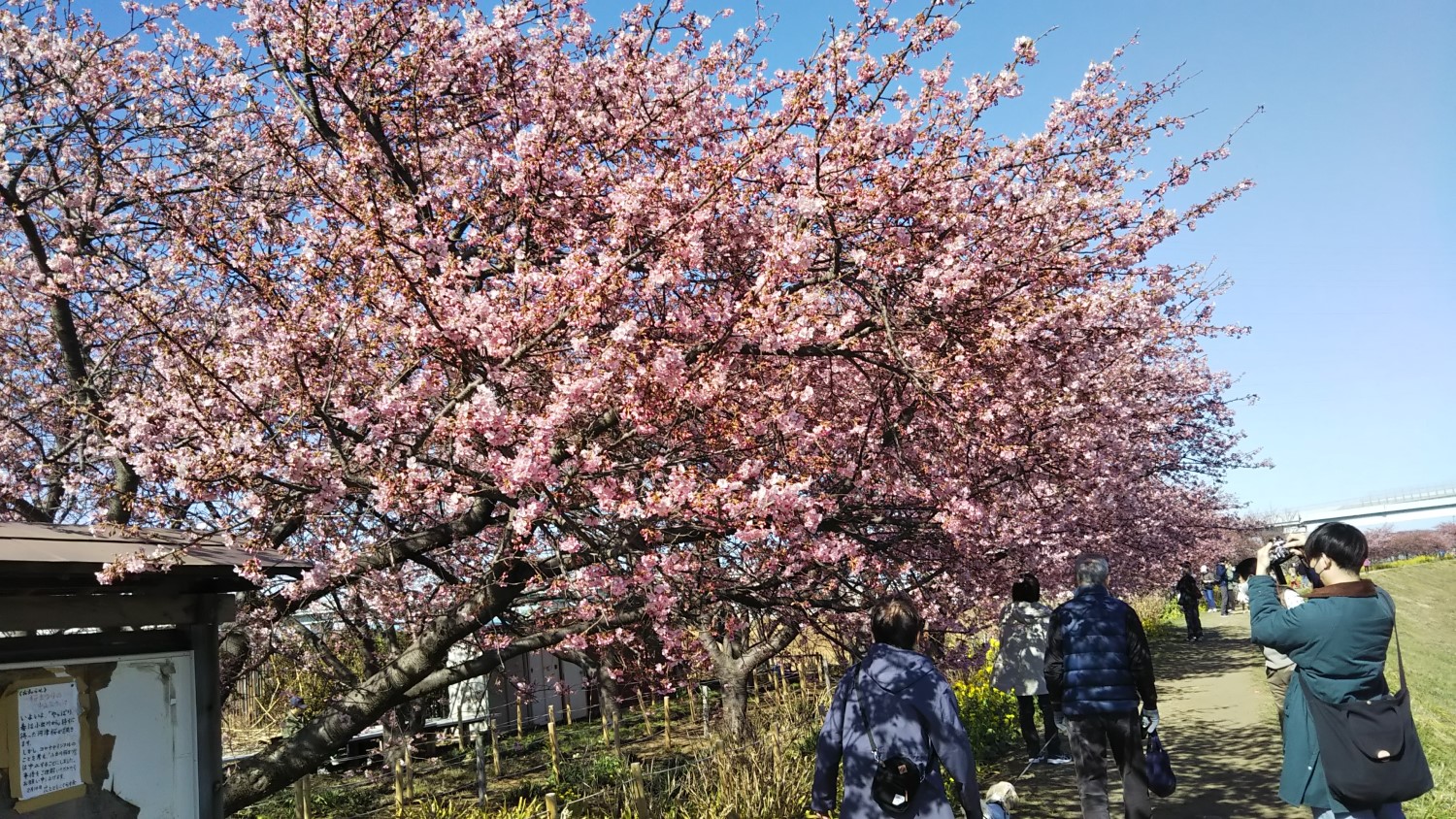
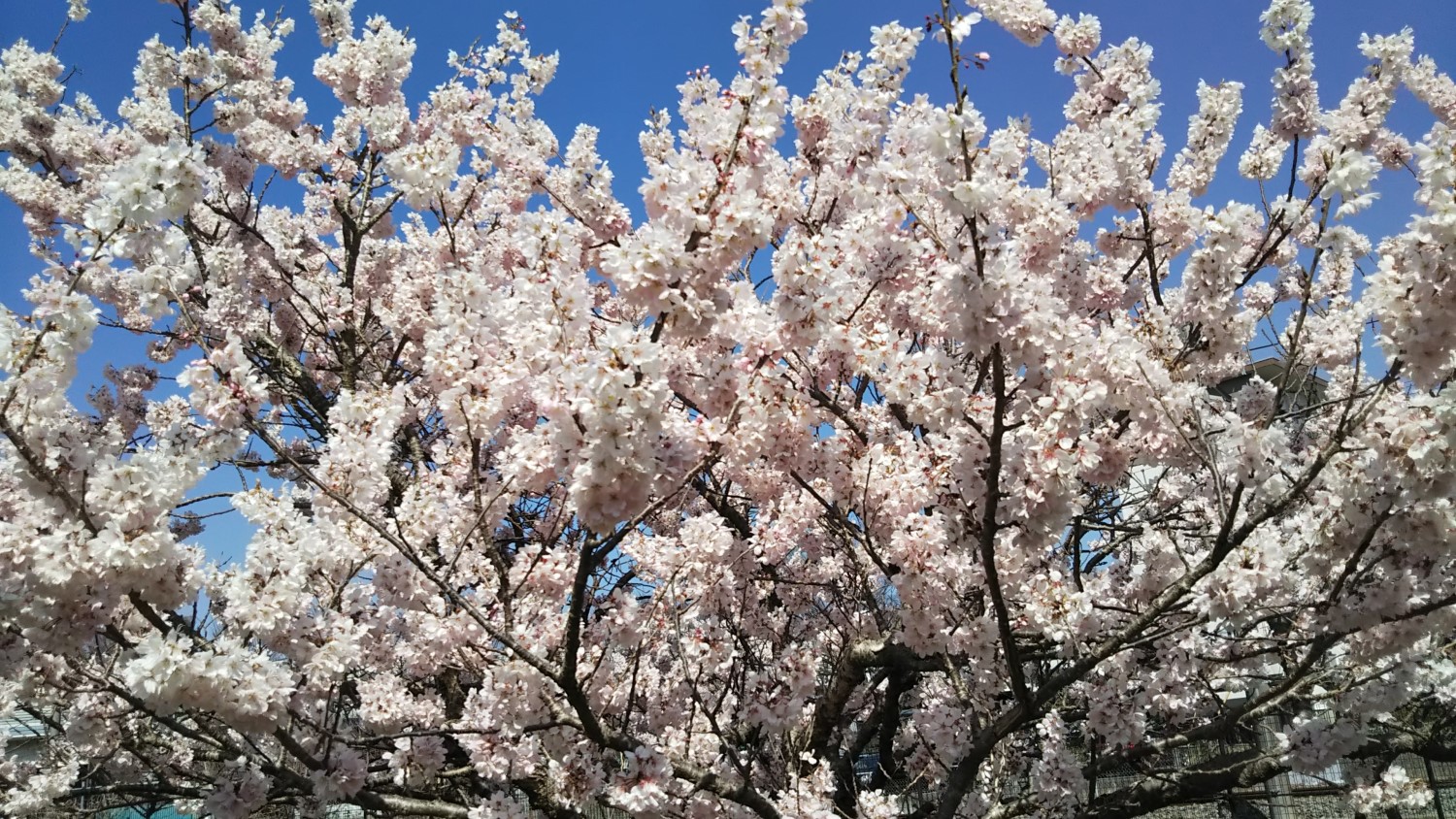

Interested in Japanese proverbs?
1)金が物言う (KANE GA MONO IU)
KANE means money, GA to be, MONO things, and IU to say.
Some troubles are never solved by talking or by reasoning, but even such troubles may be solved by money. Although money cannot buy everything, people are happier with it than without. In konkatsu (seeking a marriage partner), men’s income level is an important condition for women. Next months, school graduates start working. They should work hard, live sincerely and save money for their future.
The saying is in 排風柳多留, or Haifu Yanagidaru, a collection of senryu (humorous verse of five, seven, and five syllables), which was published every year between 1765 and 1840.
Its English equivalents are:
●A full purse never lacks friends.
●Gold is an orator
●Money will do anything.
2)自業自得 (JIGO JITOKU)
JIGO means good or bad acts of one’s own, JITOKU to take the consequences of those deeds.
People are responsible for the consequences of their own deeds. In general, this saying is used when someone takes his or her punishment for their evil act. These days, a former minister of general affairs is criticized by opposition parties and the media. Her autocratic denial of her comments six years ago on the interpretation of broadcast law is provoking angry responses. However, JIGO JITOKU also means we receive reward for our good acts.
The saying is in 十訓抄, or Jitsukin-sho, which was edited in 1252 to tell boys what is right or evil as well as wise or stupid. It carries 540 stories.
Its English equivalents are:
●Ill sowers make ill harvest.
●One must reap what one sowed.
●Who spits against heaven, it falls on his face.
Flowers of the season: Scotch broom
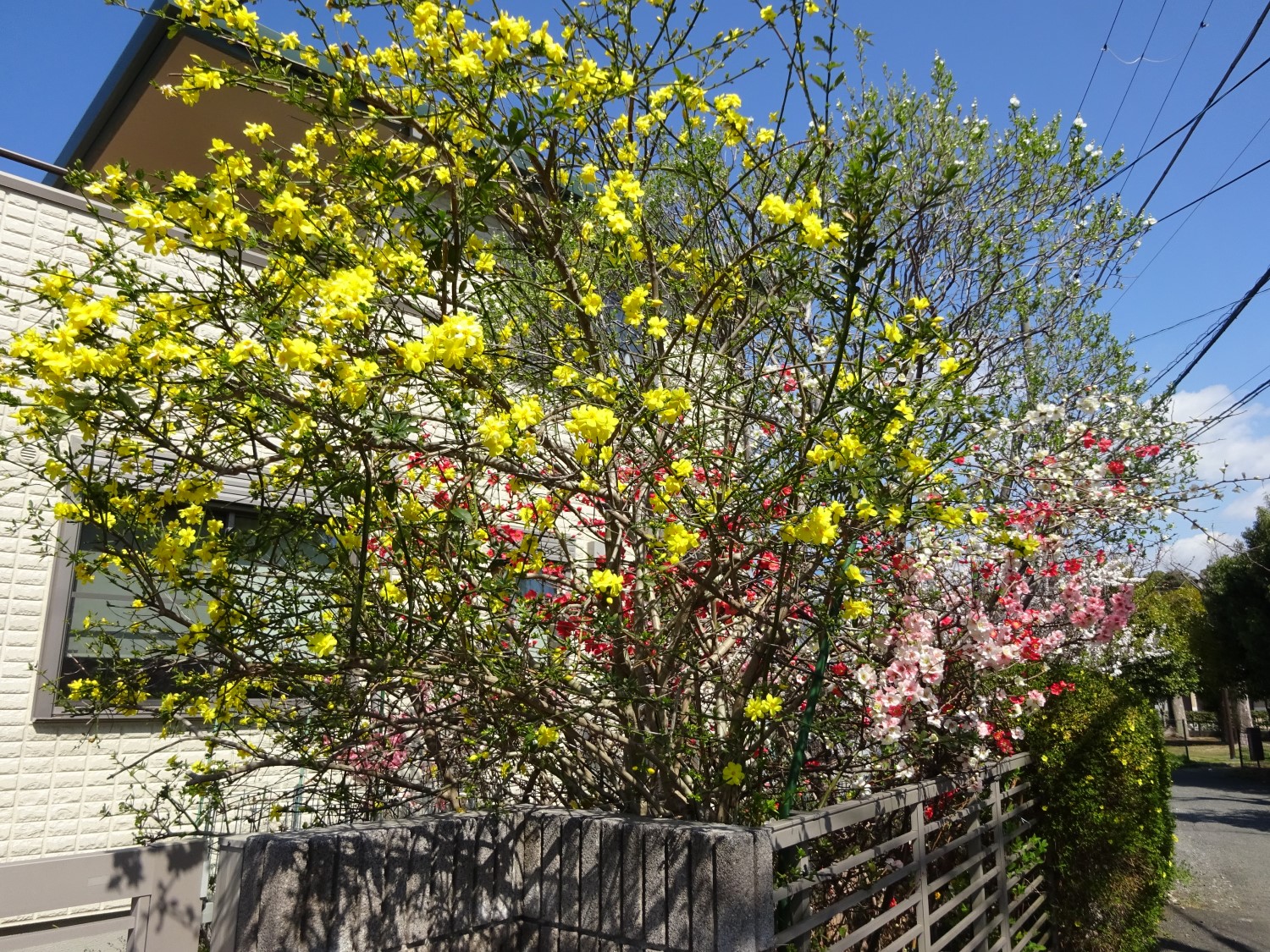
Scotch broom, a shrubbery of the legume family, blooms in spring before cherry blossoms come out. The brilliant yellow blossoms bloom all along the branches like the blossoms enclose the tree. Some varieties are evergreen and others are deciduous. The genus Cytisus contains 25 sections, and ‘Cytisus scoparius’ is the scientific name of scotch brooms, which are familiar to Japanese people. The plant is found in Europe, North Africa, the Canary Islands and Asia.
Whether they are evergreen or deciduous, the bushy trees are resistant to desiccation. Their leaves are small, and trees are two to three meters tall. The trees are also tolerant of hot weather, and able to grow in poor soil, but have a low tolerance for cold. In addition, the trees prefer full sun as well as well-drained soil and live about ten years. Sometimes, adult gold beetles eat leaves of the tree, and larvae eat its roots. Their fruits resemble peas, but ripe fruits turn black. Western stories say that brooms witches fly on are made of scotch broom twigs. Leaves and young branches have poisonous materials so if pet dogs or cats mistakenly eat them, they may drool, vomit and have diarrhea.
Chigasaki People’s Museum
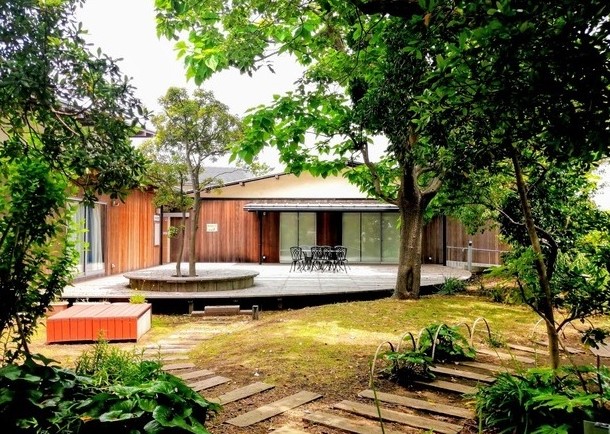
Chigasaki People’s Museum in Higashi-kaigan 6-6-64, next to the KAIKO TAKESHI HOUSE Chigasaki, is displaying the lives of Koan Takada and nine other people in the tuberculosis sanatorium Nankoin. Among them, there were Raicho Hiratsuka (CW 63), Sonoko Maeda, who was the first female doctor in Japan, and Yoshi Yasumochi (CW 75). Koan built the first ward of Nankoin in Nango in 1899 when three patients were hospitalized. One of them was both his step-grandmother and the wife of Kaishu Katsu, who was a key player of the Meiji Restoration. He had achieved the bloodless surrender of Edo Castle.
Then, Koan expanded his sanatorium by constructing new wards, a pool, a barber shop and a kiosk so that the then sanatorium was appreciated as the largest in the Orient, and attracted many patients, visitors to the patients, and medical students. At that time, there were no remedies against tuberculosis except for taking rest and having a nutritious diet. He planted pine trees near the south entrance of Chigasaki Station, in front of which there was nothing but sand dunes.
The woody museum having a spacious deck is suitable to relax for a while in the sunshine coming through foliage. The display will continue until March 26 (Sun).
Invitation to Kamakura (32) Yasutoki Hojo
(Bimonthly serial)
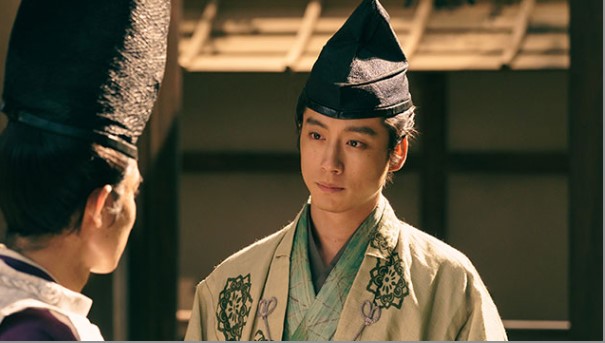
The NHK historical drama series “The 13 Lords of the Shogun” has ended. In the final episode, we can assume that Yasutoki Hojo will lead the Hojo regency very differently from his father, Yoshitoki Hojo. What sort of character was Yasutoki? Yasutoki was played by Kentaro Sakaguchi in the NHK drama.
Yasutoki (1183-1242) was the eldest son of the second regent Yoshitoki Hojo. After Yoshitoki died in 1224, he succeeded the regency. In the drama, Yoshitoki is depicted as warmhearted when he is young, but every time he murders someone whom he considers a hindrance for the sake of keeping his family line, he transforms himself into a ruthless man with evil eyes. In contrast to his father, Yasutoki is born good-natured, honest, and wise enough to create a variety of unprecedented reforms. What, then, were they?
First, he established the Hyojoshu, the Council of State, in 1226. Eleven (later 13) men from various clans participated in it, discussing important personnel, political and judicial matters. Its main purpose was to avoid the hitherto erroneous and dictatorial leadership of the Hojo family and contain the dissatisfaction of the lords.
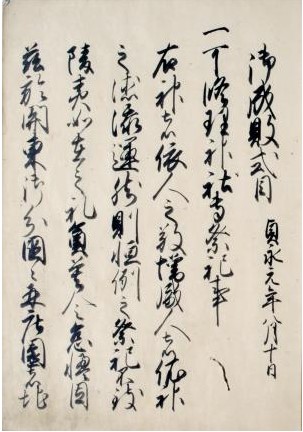
Next, in 1232, he proclaimed the Goseibai Shikimoku, the first compilation of warrior law codes, which consisted of 51 articles that spelled out the rights of the warrior class, and clarified the duties and responsibilities of officials. After the victory of the Jyokyu War, the Kamakura government expanded its power to more regions, and the number of land disputes between warriors, aristocrats and peasants increased. Yasutoki compiled the laws fairly for all the parties – not favorable only for warriors. Moreover, he used a simple writing style which allowed easy access by the general public as contrasted with legal codes for court nobles called Ritsuryo which was written in Chinese characters solely for aristocrats. These impartial laws were highly appreciated even after the Kamakura era: they were not only adopted by the Muromachi shogunates as basic laws, but they also had an impact on laws in the Edo, Meiji eras and today’s civil laws.
( Goseibai Shikimoku : from Kanagawa Prefectural Archives Report No. 36)
Events in February and March
Flower exhibition at Shonan Mall Fill

Flowers grown by florists in Chigasaki, Fujisawa and Samukawa were exhibited on the second floor of Shonan Mall Fill on February 25 (Sat) and the 26th (Sun). The event was held for the first time in three years. On display were various spring flowers, including orchids, sweet peas, and violas. Big display tables were covered with colorful flowers, and the exhibition area was in the relaxed atmosphere of a weekend. Many shoppers stopped, and some of them took pictures.

On the afternoon of the first day, applicants learned container gardening of four fleshy plants. The participatory learning was held twice for ten applicants each. The number of applicants reached the quota soon. A participant said it took about fifteen minutes to complete the work. See the picture below.
On the second day, exhibited flowers were put on sale.
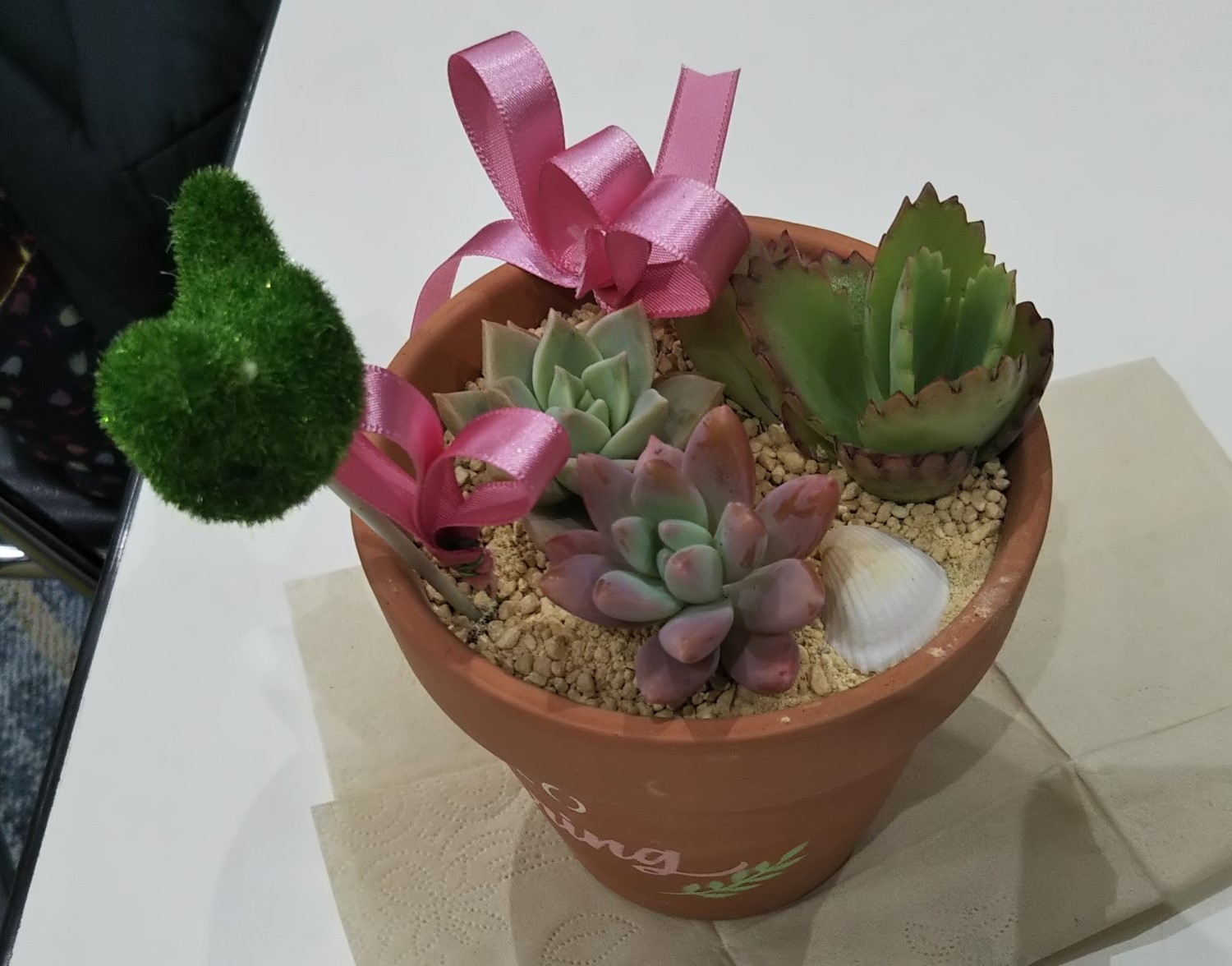
Panel exhibition of volunteer groups at the Citizen Support Center and City Hall

Panels showing activities of volunteer groups in the city were exhibited at the Citizen Support Center from March 6 (Mon) to the 12th (Sun), and at City Hall from March 14 (Tue) to the 22nd (Wed). Thirty groups from ten categories, including health care, social education, city planning, and environmental preservation, summarized their activities with a lot of colorful photos and words on an A1-size panel. The two exhibitions may have provided good opportunities for visitors to learn what kinds of volunteer groups there are in Chigasaki.
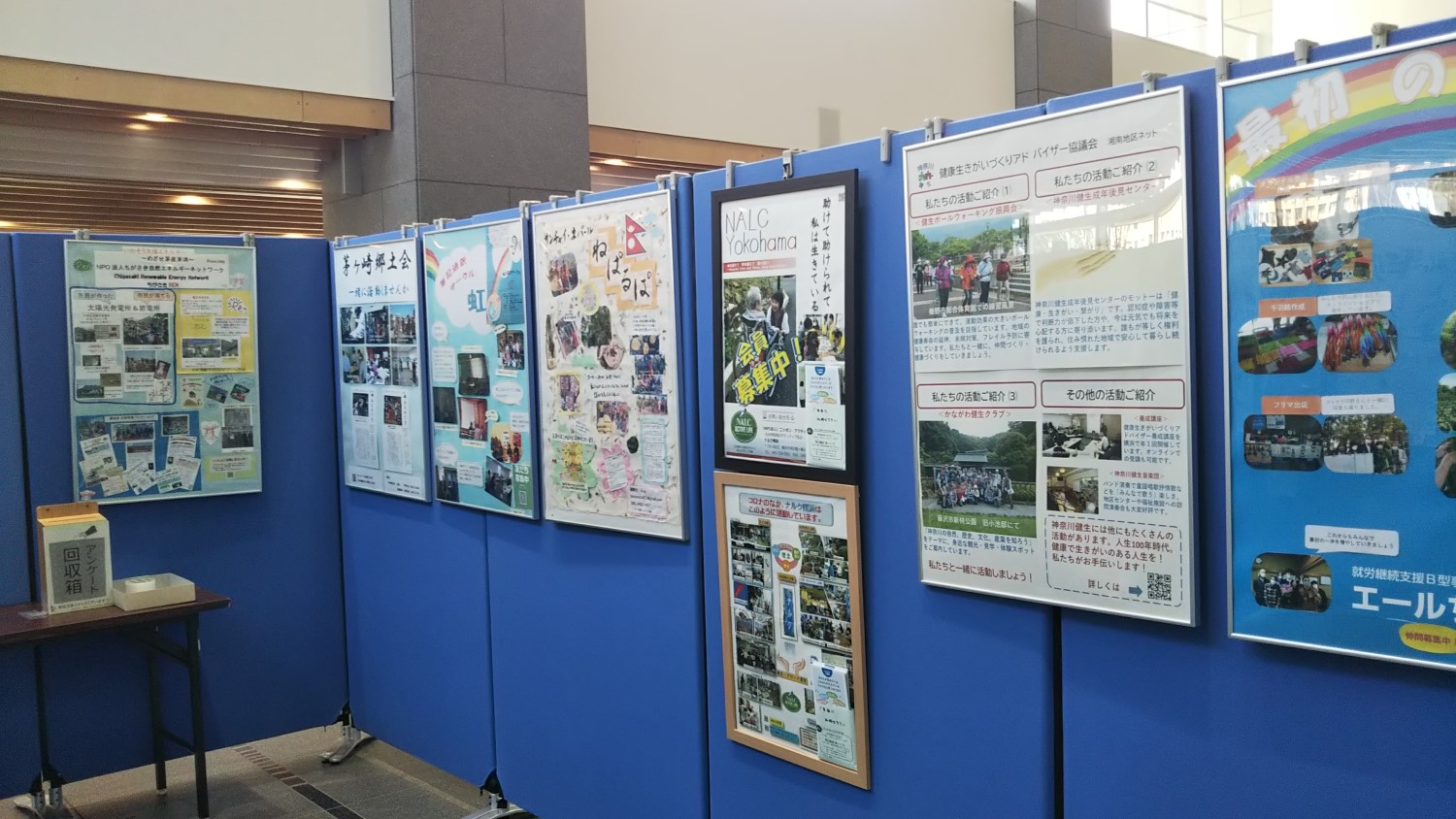
Craft shop at AEON
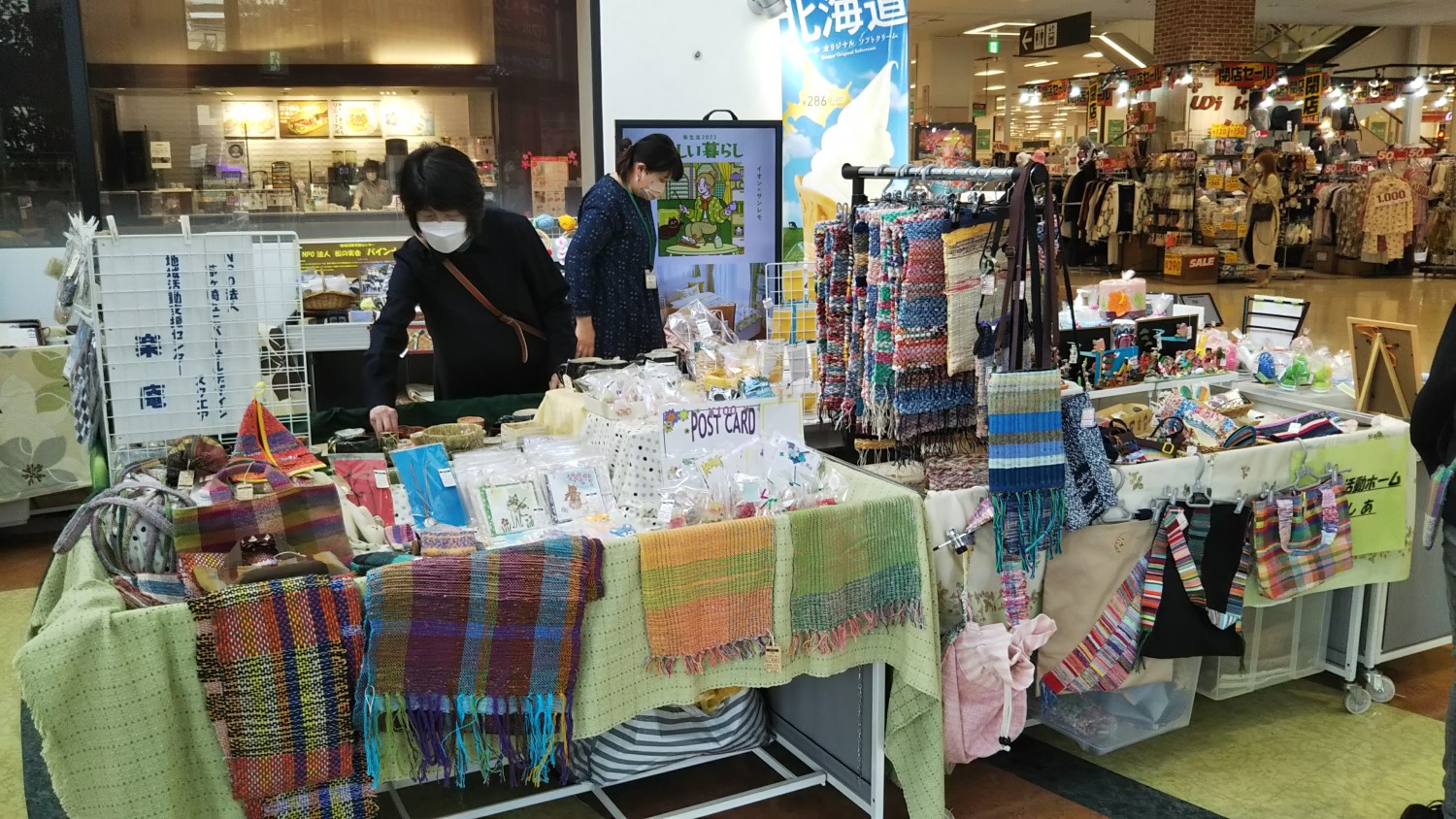
Crockery, handicrafts such as shopping bags, scarves, towels, Japanese sandals, tote bags, baskets, and many more were exhibited for sale at the main entrance of AEON Central Chigasaki from March 6 (Mon) to the 10th (Fri). These products were made by people in nine support facilities, including Rakuan and Nakama-no-Ie (Friends’ House). Shoppers sometimes stopped at the corner, searched and bought their favorite items. Products on display were well designed, and made very carefully. They looked durable and user-friendly.
Kodotan + 2023
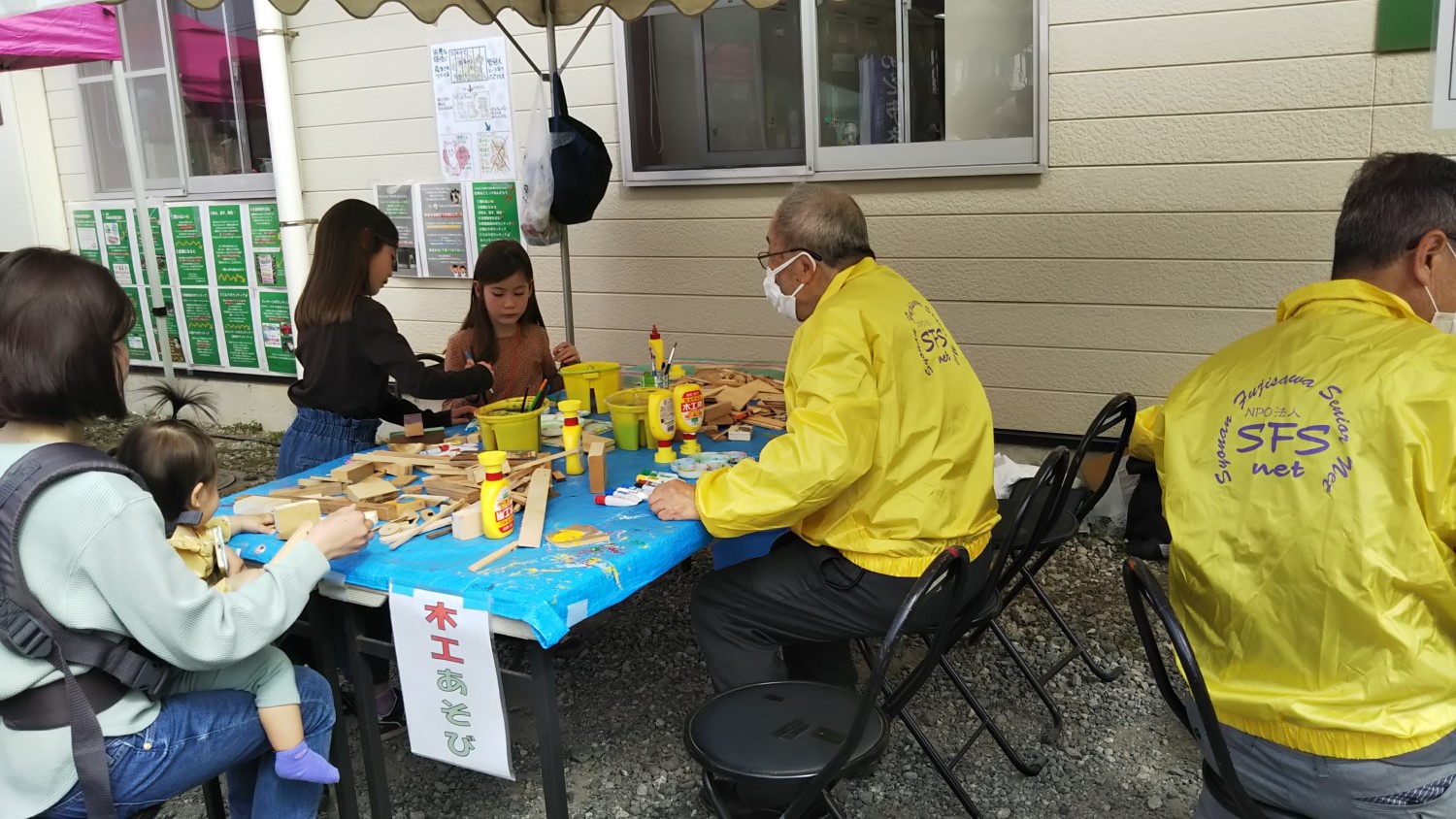
An event aiming to promote interactions between people of various ages was held at the Chigasaki Citizen Support Center on March 12 (Sun). Blessed with fine weather, the center was visited by countless children and their parents. Twenty-three volunteer groups held workshops or demonstrated how to use tools and cooking utensils. Children gathered around the corners to make dragonfly-shaped bamboos and woodwork. And the tents of the DIY and dog protection groups also attracted adults as well as children. The event was held for the first time in three years. Visitors may have thought that the days when we had been forced to lead restricted lives were gone.
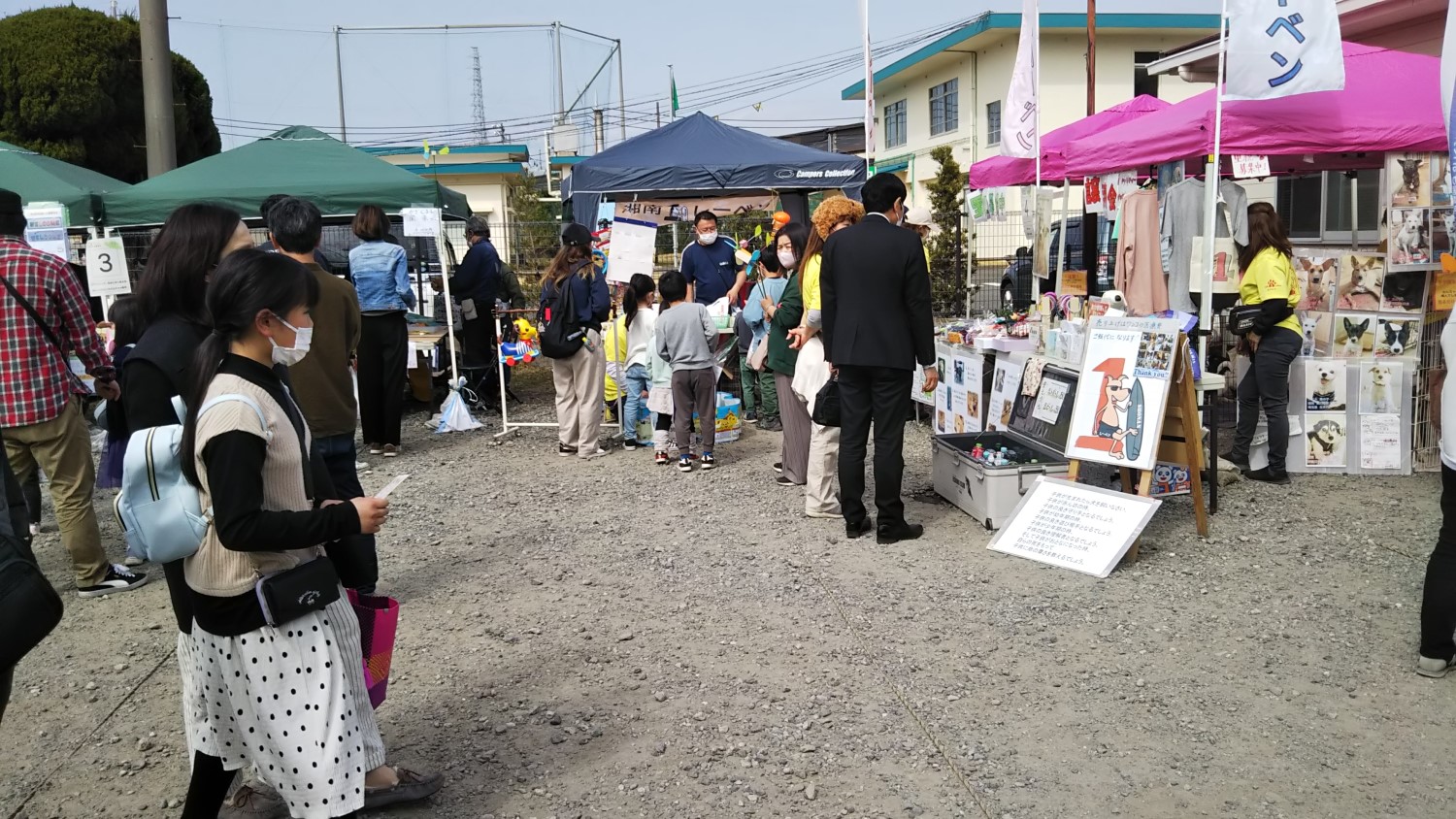
The 10th tie-dye exhibition by Fukaishi Tie-dye Class

The exhibition of tie-dye items was held at the Civic Center from March 15 (Thu) to the 19th (Sun). More than 100 tie-dye kimono, bags, umbrellas and small articles altogether were on display. These exhibits were made by tie-dye artist Naomi Fukaishi and her students. Some students have learned tie-dying at the class for more than 20 years.
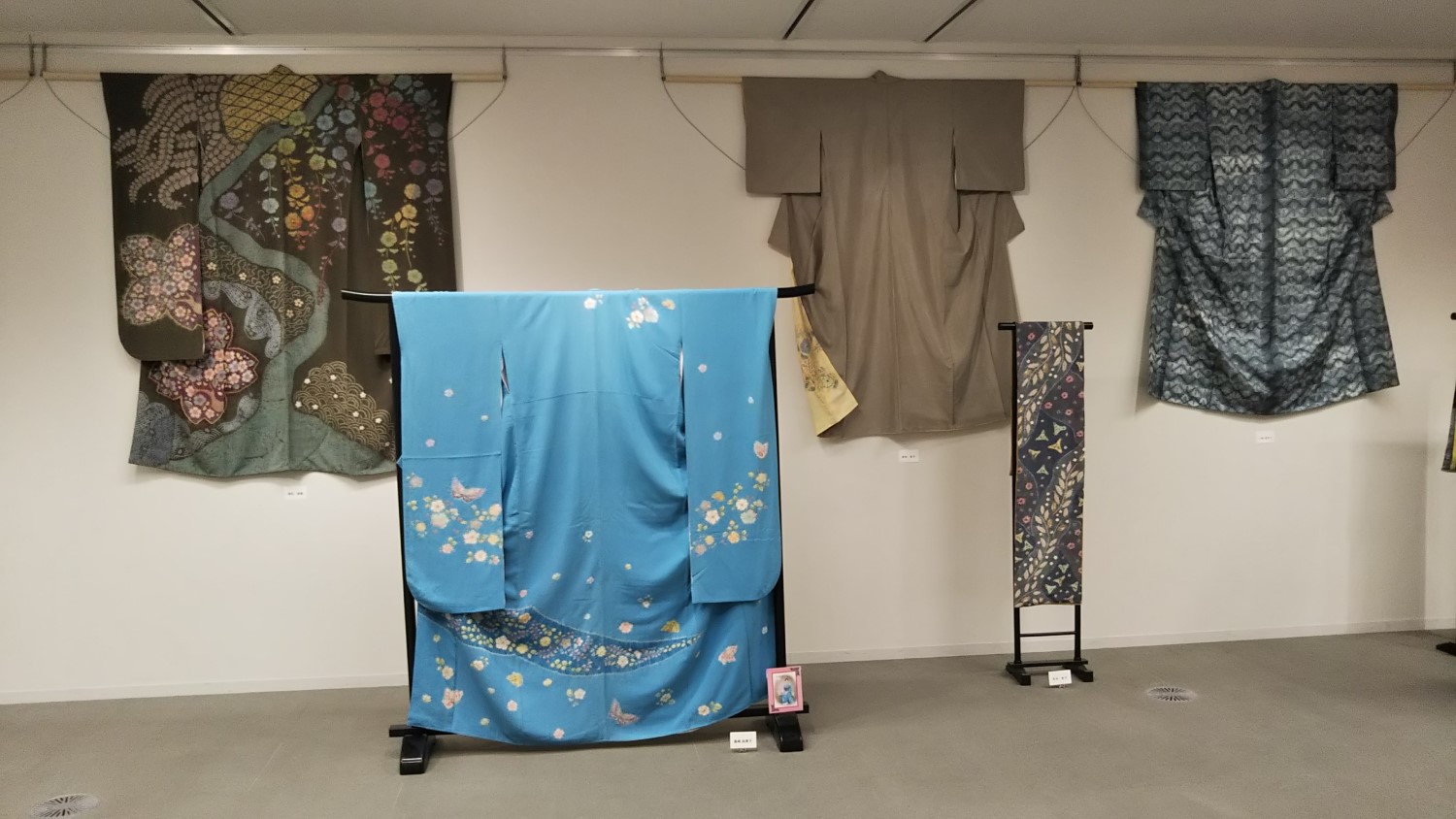
At the center of the room there were a set of materials explaining the process of tie-dying, which was very understandable even for men, though most of the visitors were women. The writer thought fabric with beautiful patterns will make excellent material for kimono. Tie-dye bags and handkerchieves are the only ones in the world, and have different charms from those of famous brands.
Events in March and April
Exhibitions on the fourth floor of N’EST-CE PAS Chigasaki
● The 32nd art exhibition by the drawing group Amigo: March 21 (Tue) 13:00 ~ 17:00, the 22nd (Wed) to the 25th (Sat) 10:00 ~ 17:00, the 26th (Sun) 10:00 ~ 16:00
● The 28th portrait exhibition by Chigasaki Art Society: March 28 (Tue) 14:00 ~ 17:00, the 29th (Wed) to April 1 (Sat) 10:00 ~ 18:00, the 2nd (Sun) 10:00 ~ 17:00
● Watercolor exhibition by Shonan sketch club: April 4 (Tue) 13:00 ~ 18:00, the 5th (Wed) to the 8th (Sat) 10:00 ~ 18:00, the 9th (Sun) 10:00 ~ 16:00
● The 2nd Yasutake Oshima sketch exhibition by Oshima Gallery: April 14 (Fri) 13:00 ~ 17:00, the 15th (Sat) and the 16th (Sun) 9:00 ~ 17:00, the 17th (Mon) 9:00 ~ 16:00
● The 45th art exhibition by Chigasaki citizen art circle: April 18 (Tue) 13:00 ~ 17:00, the 19th (Wed) to the 22nd (Sat) 9:00 ~ 17:00, the 23rd (Sun) 9:00 ~ 16:00
Chigasaki City Museum of Art
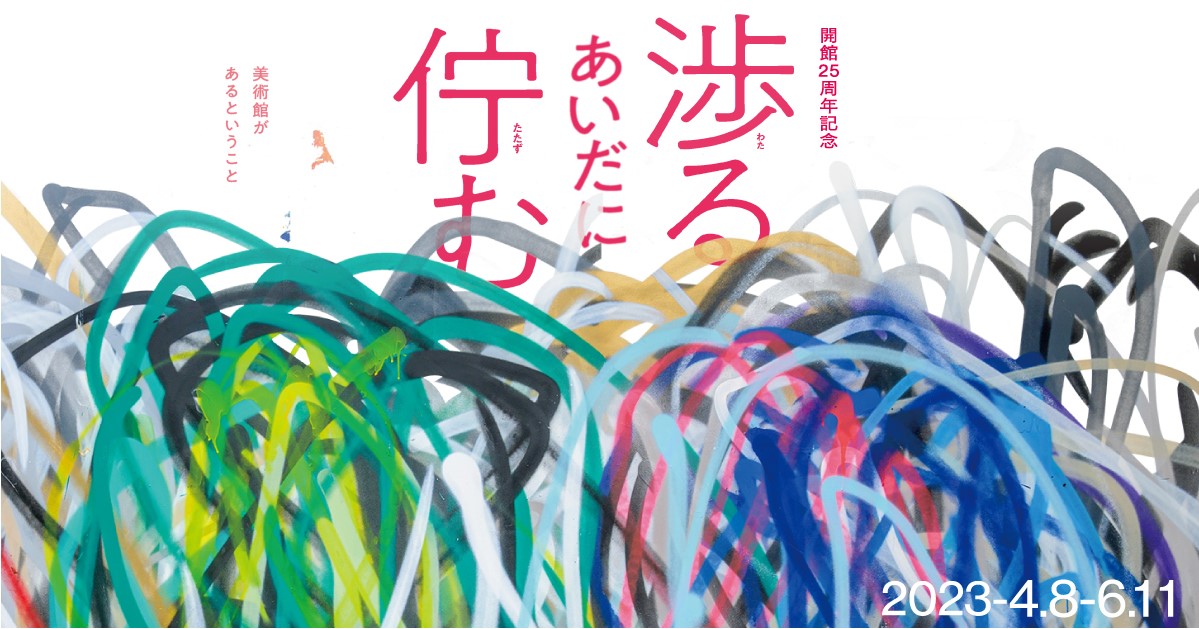
An exhibition entitled “渉るあいだに佇む”, or Wataru aidani tatazumu, which means “to stand still while walking,” will be held from April 8 (Sat) to June 11 (Sun).
The city museum was opened 25 years ago. Since then, the museum has served visitors as a place where they can rest and relax, and meditate while they are looking at artworks in rapidly changing days.
On display will be works made of waste materials collected in the city, works drawing Eboshi Rock, and works which change with time and the weather. Some works were produced especially for the city museum. Works by the artists who are familiar to the museum will also be exhibited.
Oka Festival
Oka Echizen Festival is going to be held on April 29 (Sat) and the 30th (Sun) for the first time in four years. Programs are being planned by the executive committee.
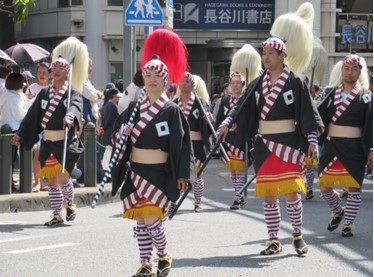
A big parade, festival at and around Jyokenji Temple, portable shrine parade as well as the citizen spring festival, and Chigasaki industry fair will be carried out. On April 30 (Sun), the drama Oka Judgement will be performed by the citizen company Shonan Eboshi Za.
